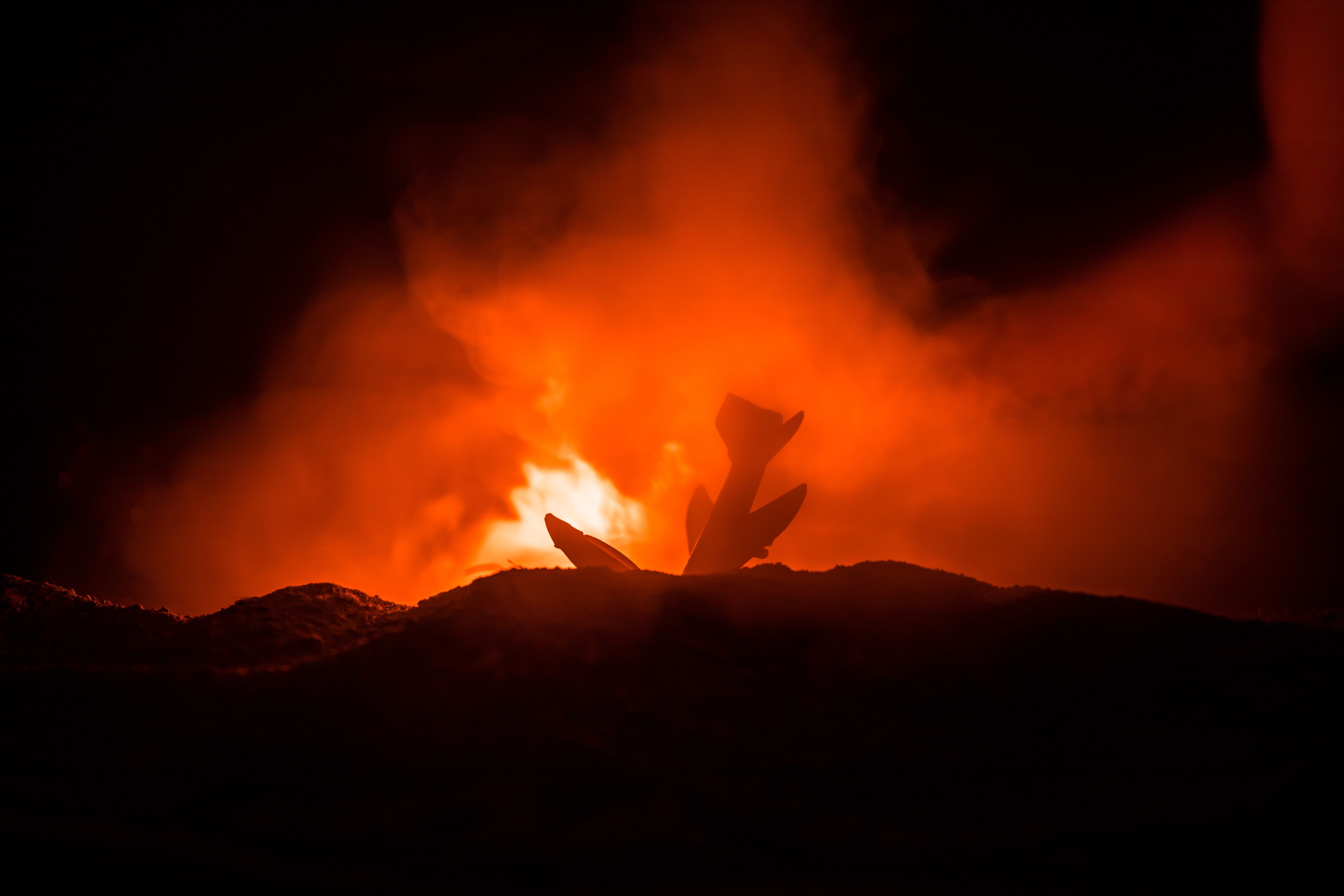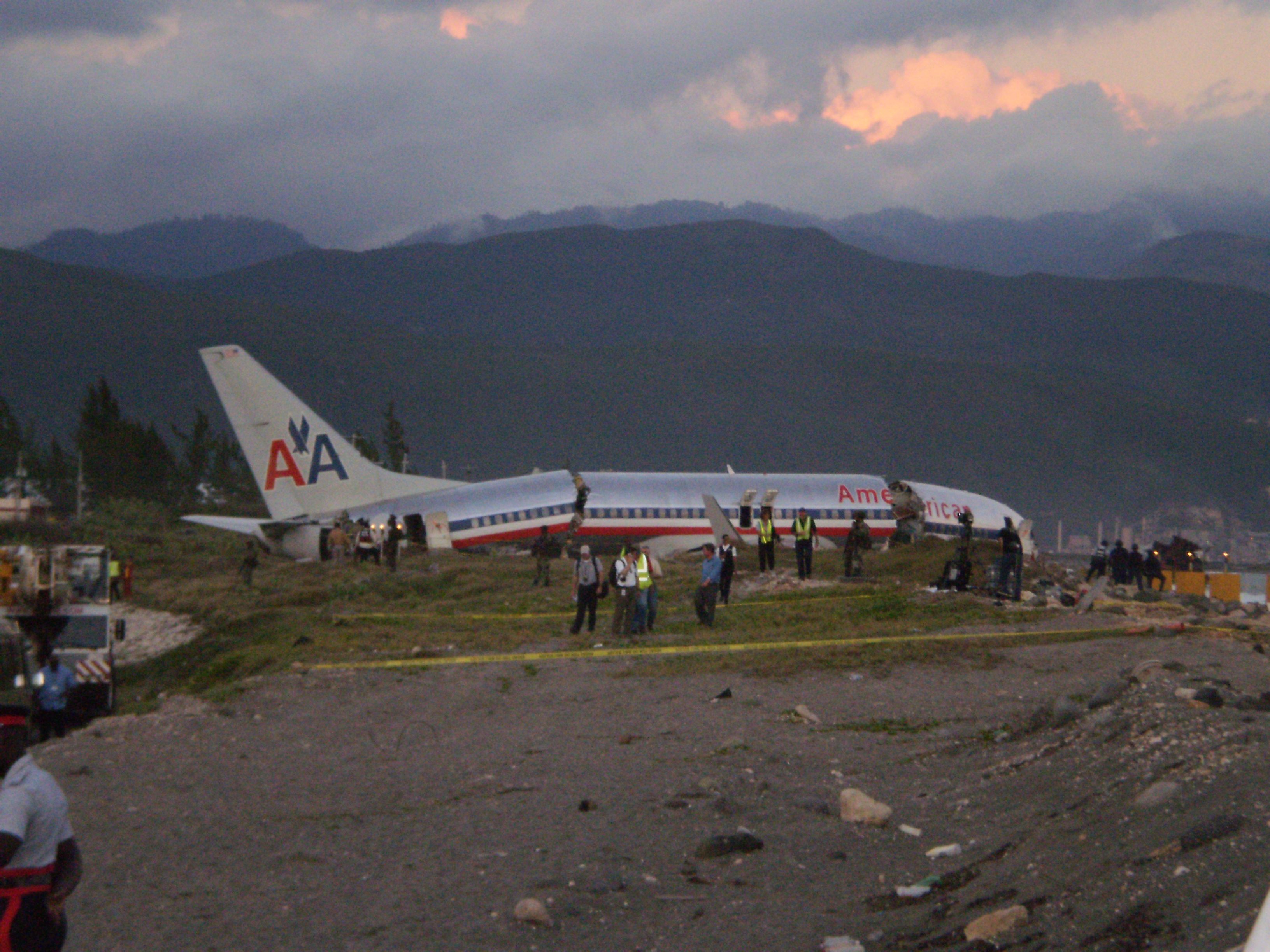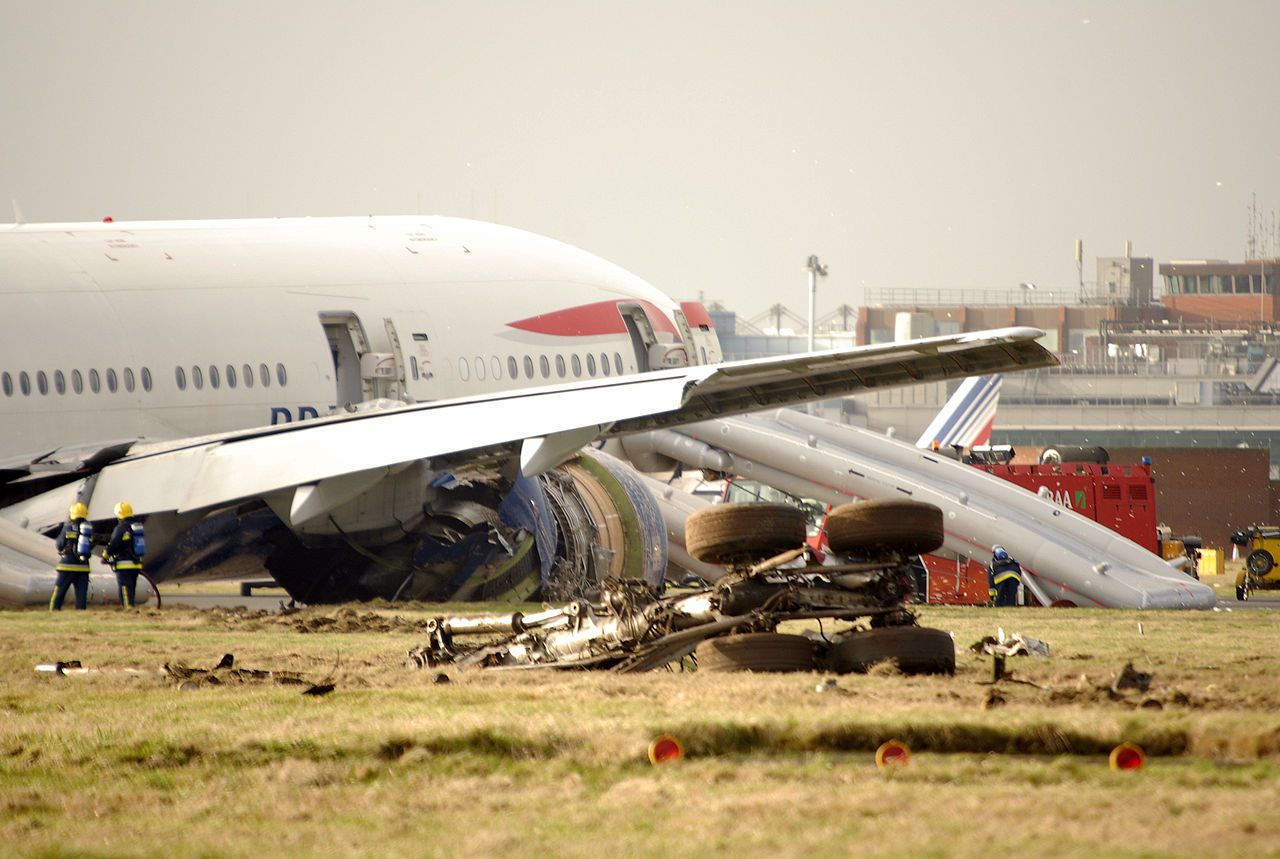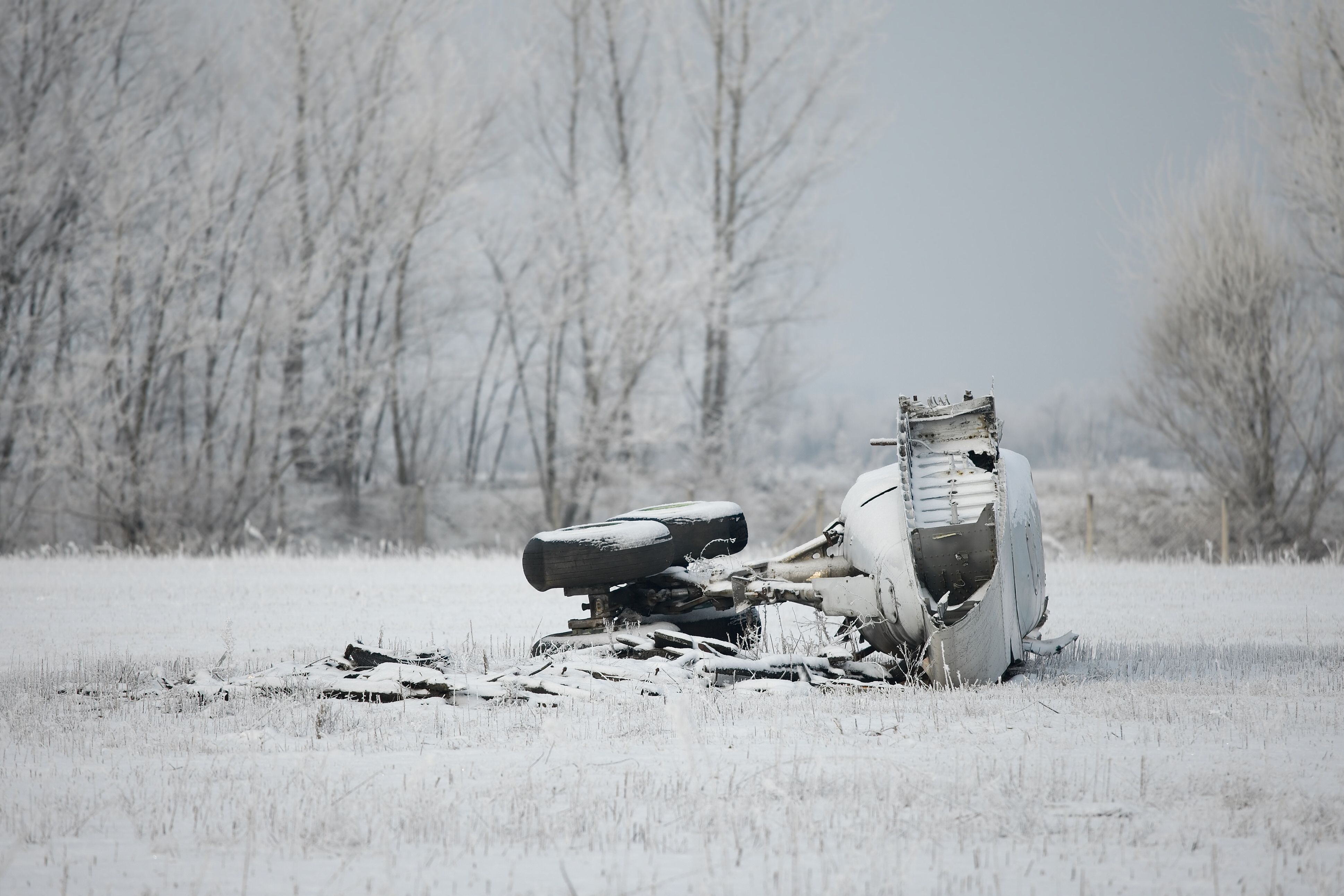The primary purpose of air crash investigators is to determine the cause of the crash and any contributing factors involved in the crash. Investigative authorities also provide recommendations for safe operations. In the first few hours after a major air crash is reported, a team of investigators is deployed to (or in the whereabouts of) the scene.
In the United States, the National Transportation Safety Board (NTSB), a government agency, is responsible for investigating all major aviation accidents. Since it was formed in 1967, the NTSB has completed more than 132,000 accident investigations and also participates in investigations with other accident safety authorities.
Air crash investigation
The investigation team includes technical experts who stay on call throughout the investigation. In the early stages, the team will secure the area and document all evidence. This evidence may include physical documents, images, site mapping, parts mapping, or securing the aircraft or parts.
On the accident scene, aircraft’s black boxes are located and removed. In most aircraft, black boxes are two separate devices used to record critical information onboard. The Cockpit Voice Recorder (CVR) records conversations and exchanges of information between pilots in the cockpit. This is done through several microphones installed in the cockpit, while the Flight Data Recorder (FDR) records critical flight information during the final stages of the flight. The black boxes are designed to withstand extreme impact, temperatures, and water damage.
In cases where aircraft have ended up in the ocean, locating and retrieving the CVR and FDR can be a tough job. It can take days, weeks or months to find them, and in some cases they are never found at all. Newer black boxes can transmit from up to 20,000 feet beneath the surface of the sea, although older ones will not be so capable. They are capable of transmitting a sonar ping for 30 days, so after then, they will only be found if discovered as part of a larger wreckage find.
The investigation team will be looking into anything that could have contributed to the crash. This will include operational factors, such as pilot error and incorrect ATC instructions, as well as mechanical aspects. Maintenance records of the airplane will be pulled and detailed inspections of parts will be undertaken. For this, the NTSB will work closely with other parties, including the airline, the manufacturer, and in the case of overseas airlines, also investigators from the home country.
Captain Chesley “Sully” Sullenberger, who successfully ditched a US Airways Airbus A320 in the Hudson River in New York following the loss of both engines in 2009, cautioned on making judgments regarding the cause of accidents too quickly. As quoted by CNN, he said,
“First guesses are often wrong. There are so many factors that could potentially impinge on this – we don’t even know what they are yet."
Investigation time
As you can see, there is a lot that goes into investigating an air crash. When there have been injuries or loss of life, every find detail of the time before and leading up to the accident must be examined. Large compensation payments are often on the line, not to mention the reputation of the airline and the manufacturer.
As such, an air crash investigation may take several months or years, depending on its complexity. With several parties involved, it always takes a long time to determine the cause(s) of the crash and release findings and recommendations. Sullenberger further noted,
“One way of describing this whole investigatory process is that these investigators are in charge of writing a non-fiction detective story that may take a year to complete.”
It is noteworthy that accident investigators may not reach a conclusion, even after many years of investigation. Some incidents, such as MH370, lack enough information to conclusively confirm the causes. These can lead to wild accusations and conspiracy theories, and in some situations, we may never know why an airplane did not make it to the end of its journey safely.
When the loss of life of passengers and crew members is involved, these complex cases can be incredibly distressing for the families of the victims. Closure is desired, but given what's at stake, it would be remiss of the investigators to rush to a conclusion without all the evidence in hand. Of course, with more straightforward incidents such as runway excursions or tail strikes, the investigation can be concluded much more quickly.
What are your thoughts about the time it takes for the air crash investigation? Tell us in the comments section.
Source: CNN




